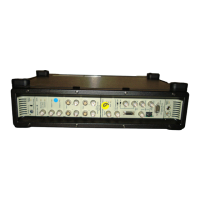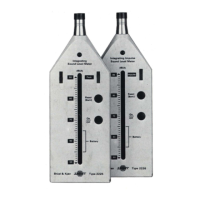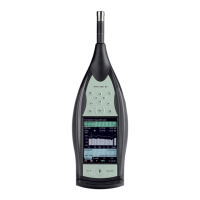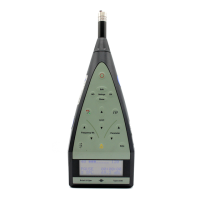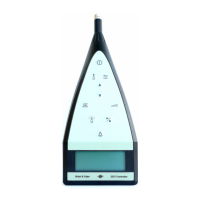PULSE Multi-analyzer System Type 3560-B/C/D/E – Installation and IDAe Hardware2
1.2 Glossary
10 base 2 – 10 Mbit Ethernet transmitted over coaxial cable.
10/100/1000 base T – 10/100/1000 Mbit Ethernet transmitted over twisted pair cable.
DHCP – Dynamic Host Configuration Protocol. An automated way of obtaining an IP
address in the Local Area Network.
Frame – A Type 3560-B, C, D, or E, complete with power supply, controller and input/
output modules.
Front-end – One or more frames used together in a single PULSE system.
IP – Internet Protocol
LAN – Local Area Network.
PC IP address – The IP address of the PC.
PING – Packet Internet Groper. A program used to test whether a particular network desti-
nation is on line.
Protocol – a set of rules or standard designed so that computers can exchange information
with a minimum of errors.
Subnet – Part of a network that has the same network address as other parts of the network
but a unique subnet number; a subdivisional network interconnected and situated within a
larger network.
Subnet Mask – A number used to identify a subnet when an IP address is shared by
multiple networks.
TCP – Transmission Control Protocol. The most common Internet transport layer protocol,
defined in STD 7, RFC 793. This protocol is used in networks that follow U.S. Department
of Defense standards. Based on the Internet Protocol as its underlying protocol, TCP is
connection-oriented and stream-oriented, and provides for reliable communication over
packet-switched networks.
TCP/IP – Transmission Control Protocol (TCP) running on top of Internet Protocol (IP).
The de facto standard for today’s Internet.
UDP – User Datagram Protocol. A communications protocol for the Internet network layer,
transport layer, and session layer.

